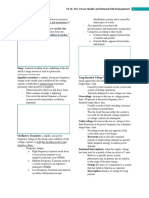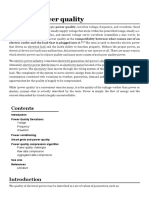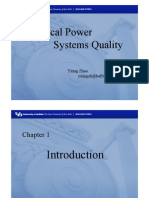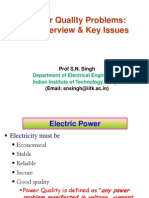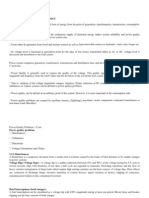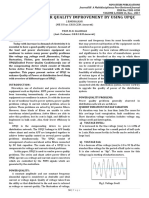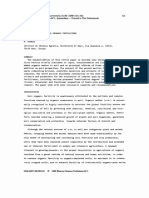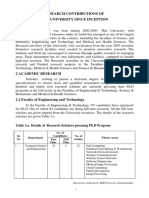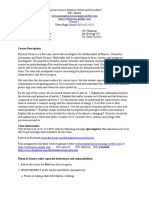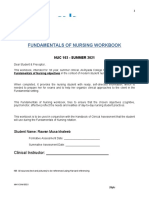0% found this document useful (0 votes)
96 views87 pagesGroup - Wye Delta
Electric power quality refers to how well the voltage, frequency, and waveform of an electrical power system conform to specifications. There are two main classifications of power quality issues: steady-state disturbances and transient disturbances. Steady-state disturbances last a long time and include long duration voltage variations like overvoltage, undervoltage, sags, and swells. Transient disturbances are sudden short-duration changes in voltage or current.
Uploaded by
Jessmar BongoltoCopyright
© © All Rights Reserved
We take content rights seriously. If you suspect this is your content, claim it here.
Available Formats
Download as PPTX, PDF, TXT or read online on Scribd
0% found this document useful (0 votes)
96 views87 pagesGroup - Wye Delta
Electric power quality refers to how well the voltage, frequency, and waveform of an electrical power system conform to specifications. There are two main classifications of power quality issues: steady-state disturbances and transient disturbances. Steady-state disturbances last a long time and include long duration voltage variations like overvoltage, undervoltage, sags, and swells. Transient disturbances are sudden short-duration changes in voltage or current.
Uploaded by
Jessmar BongoltoCopyright
© © All Rights Reserved
We take content rights seriously. If you suspect this is your content, claim it here.
Available Formats
Download as PPTX, PDF, TXT or read online on Scribd
/ 87





